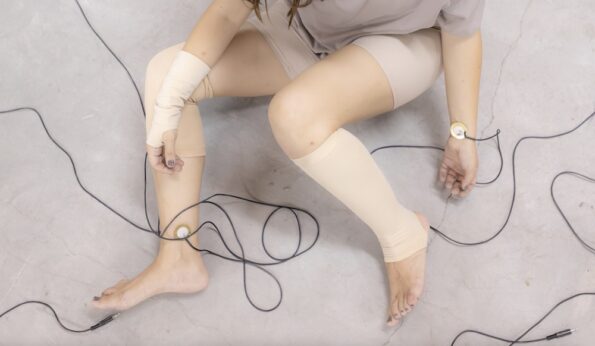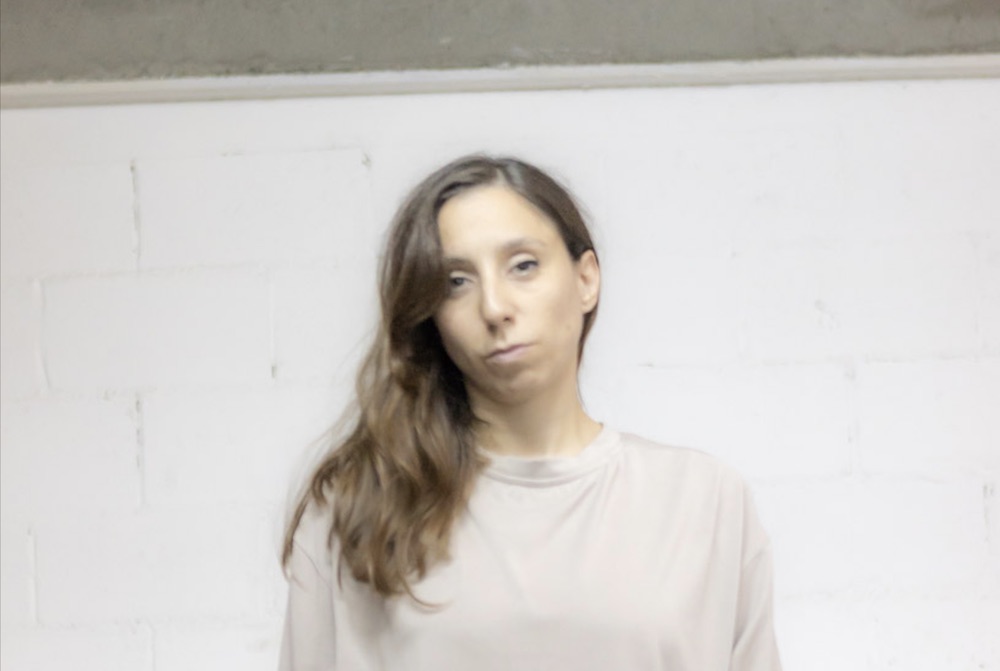Search
To search for an exact match, type the word or phrase you want in quotation marks.
A*DESK has been offering since 2002 contents about criticism and contemporary art. A*DESK has become consolidated thanks to all those who have believed in the project, all those who have followed us, debating, participating and collaborating. Many people have collaborated with A*DESK, and continue to do so. Their efforts, knowledge and belief in the project are what make it grow internationally. At A*DESK we have also generated work for over one hundred professionals in culture, from small collaborations with reviews and classes, to more prolonged and intense collaborations.
At A*DESK we believe in the need for free and universal access to culture and knowledge. We want to carry on being independent, remaining open to more ideas and opinions. If you believe in A*DESK, we need your backing to be able to continue. You can now participate in the project by supporting it. You can choose how much you want to contribute to the project.
You can decide how much you want to bring to the project.

Stop, listen, rest.
Cuerpo dijo piedra [Body Said Stone] arises from the exploration of the relationship between the body and sound, focusing on the ideas of fragility and fatigue. More than just a piece of experimental music, this composition acts as a sound essay that examines physical and emotional exhaustion, questioning power structures and the constant pressure to perform in an increasingly fast-paced world.
A year ago, I began a process of body work at Alas, space for movement and dance under the direction of Andrés Waskman. In this environment, where the body is the center of creative exploration, I began to notice more clearly how the fatigue and tension that accumulated in my body manifested themselves as pain. What was at first a diffuse discomfort that I could ignore became increasingly evident as I listened more closely to my body.
This accumulated fatigue was, without a doubt, a reflection of a relentless pace of work and a constant pressure to meet the demands of imposed and self-imposed productivity. This need to always be on the move and do more and more without stopping created a constant tension that, when confronted, showed me how exhausted I was, both physically and emotionally. How is it possible that we come to accept fatigue and discomfort as part of our daily routine?
Looking at my body, I could have chosen to specialize in Pilates, meditation, or to go a slow-life retreat, classic remedies for overworking. However, physical and mental exhaustion led me to a less conventional approach, that is, to examine how the body and its sounds affect each other. In this project, fatigue becomes a main tool to discover how an exhausted body produces new sonorities and how these shape the perception of sound.
What are the characteristic sounds of a body? What sounds does it emit? What sonorities inhabit it? How do fatigue and tension manifest themselves sonorously? What sounds relax or tense the body?
These questions gave birth to the sound action/performance I presented as a final sample of the work done with Waskman and that I now publish as a piece.
Using contact microphones attached to my limbs, I explored the movements and representation of a body dressed in orthopedic devices and dragging itself exhausted through space. This configuration fostered a deep dialogue between the body and sound, generating a series of sounds in real time from each movement and vibration. The sounds generated by the movements and tensions of the body were mixed with soft melodies and rhythms, creating an environment that invited calm and relaxation.
In this way, the piece turns the body into a sound instrument, not only as a means of expression but also as a direct source of sound. Noises and resonances express the fragility of the body, reflecting the constant pressure of productivity and incessant rhythms, and reminds us of the importance of pausing, to stop moving. This piece is, at its core, an invitation to stop, to listen to our body, and to value silence and calm as ways of taking care of ourselves in the midst of daily chaos.
The interest in bodies is not new in my work. Previously, I explored themes related to physical wear and tear and the search for alternative rhythms to productive logic, addressing issues such as insomnia, laziness and distraction, but now focusing on tiredness and exhaustion in bodies.
This approach aligns with various contemporary social and cultural critiques. Several readings have accompanied me on this journey to understand how tiredness and non-productive rhythms impact the experience of the body. Among them are 24/7 by Jonathan Crary, Metafísica de la pereza [Metaphysics of Laziness] by Juan Evaristo Valls Boix, The Plenitude of Distraction by Marina van Zuylen and The Burnout Society by Byung-Chul Han. In addition, there is also the Philosophy of Experimental Music which, although it does not directly address the issue of tiredness, explores glitch as error and failure, a concept that I have linked to the failure of the body and the desire to represent it in my musical piece.
Other references in the artistic field have been the exhibition Indisposición general. Ensayo sobre la fatiga (General Indisposition. Essay on Fatigue) (2015), curated by Martí Peran, which addresses the issue not only as a physical and mental state but above all as a form of resistance to current demands. Among the outstanding pieces of the exhibition, Eduardo Fukusima’s work, How to Overcome Great Fatigue?, particularly fascinated me. In it, gesture and incessant movement lead to exhaustion, generating even more movement and exploring the body’s resistance.
This concept reminded me of Fase: Four Movements to the Music of Steve Reich (1982) by Anne Teresa De Keersmaeker, where repetition and physical effort take center stage, and in which fatigue becomes a tool to intensify the expression of movement. When researching works that use the amplification of body sound, I discovered several relevant artists that I already knew but of whom I was unaware that they had created similar pieces. This is the case of Alvin Lucier’s Music for Solo Performer (1965), a work in which the body is used as a sound source, amplifying internal pulses and vibrations to explore the interaction between the body and technology. Another important reference is Laurie Anderson’s Drum Dance, which transforms body movements and gestures into midi sounds, creating a dynamic composition.
In this way, Cuerpo dijo piedra [Body said Stone] dialogues with the referenced readings and works, opening a space to redefine the relationship between the body and sound. The work aims to become an act of resistance and a reflection that not only reveals fragility and physical exhaustion, but also underlines the importance of stopping and listening to the body and its sounds, and of taking care of oneself.
Cuerpo dijo piedra, Lauradedíaz
[Featured Image: Cuerpo dijo piedra, Dani Cantó, 2024]

Lauradedíaz explores the intersection between sound experimentation and the body, seeking to create new forms of listening that transcend the merely auditory. I use field recording techniques, analog loops, synthesizers and various sound materials to develop new narratives and abstract soundscapes. Through these pieces and compositions, I seek to foster a more attentive and profound listening experience, inviting reflection not only on the sound itself, but also on the conditions and dynamics of the environment that surrounds it and how these influence it. I curate music for the Campo Base program on radio stations such as Radio Relativa (Madrid) and Dublab.es (Barcelona). In 2023, the music label Ediciones Populares published my first work, entitled Grupo Frágil. I have also created sound installations, such as Loop Room nº6, which was part of the Recorreguts Sonors exhibition at the Convent de Sant Agustí. I have also presented performances, including Yo me bailo in the Encarnacions performance cycle at the Galería Àngels in Barcelona. In 2016, I participated in JenDeNike’s Gold/Silver performance at DUVE, Berlin.
"A desk is a dangerous place from which to watch the world" (John Le Carré)